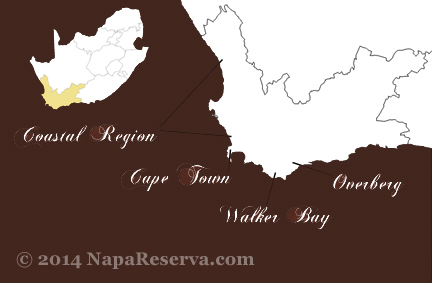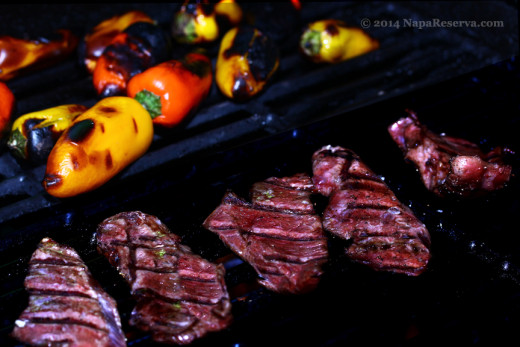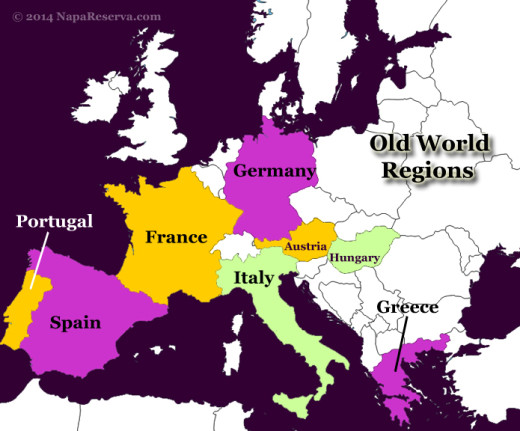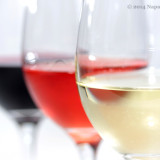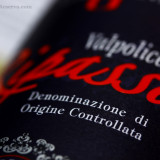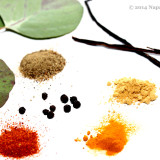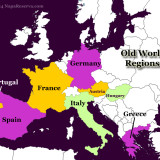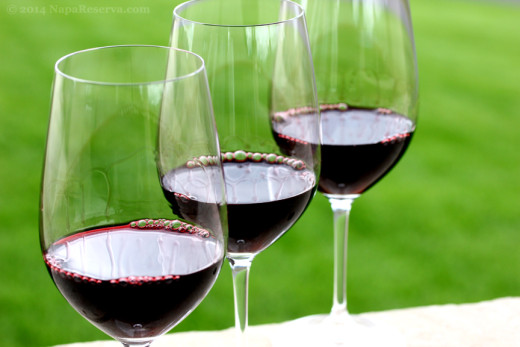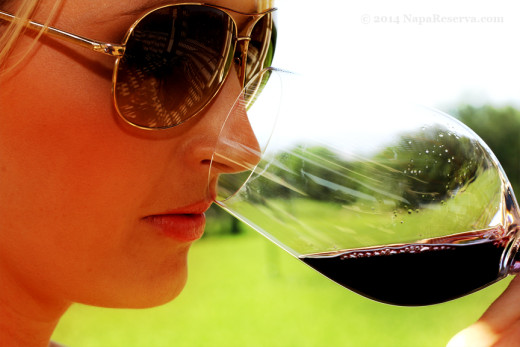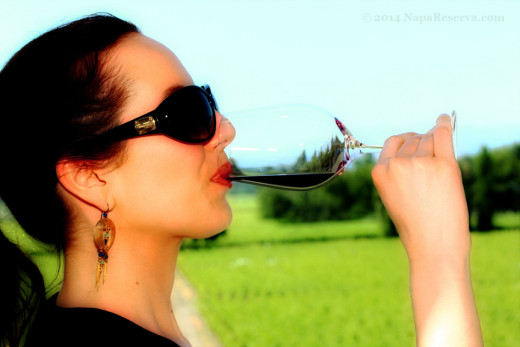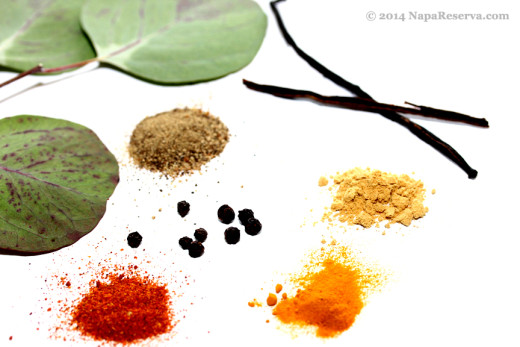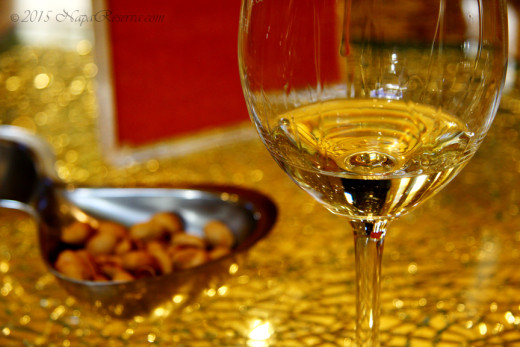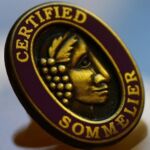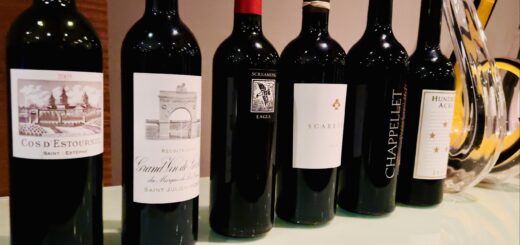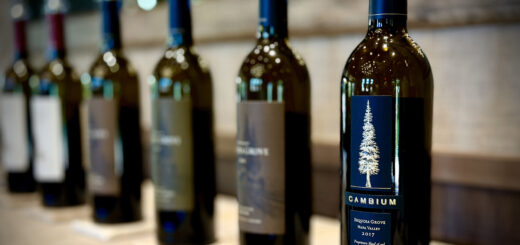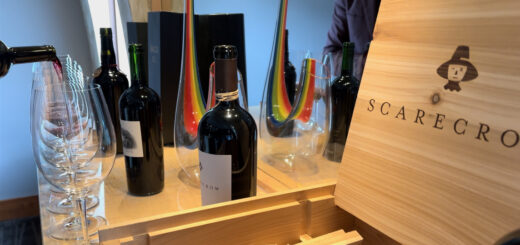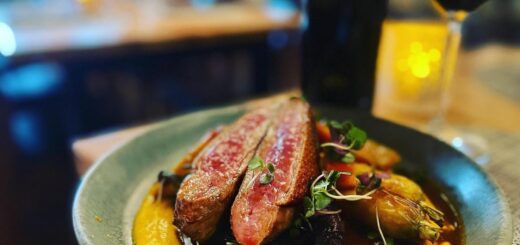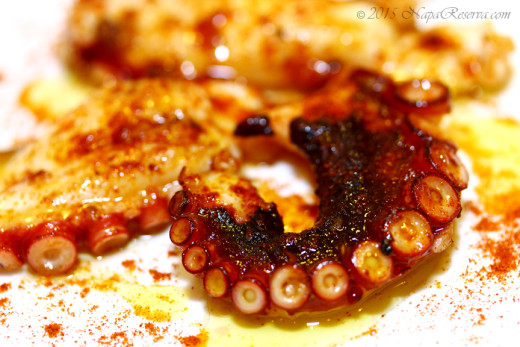Wines of France
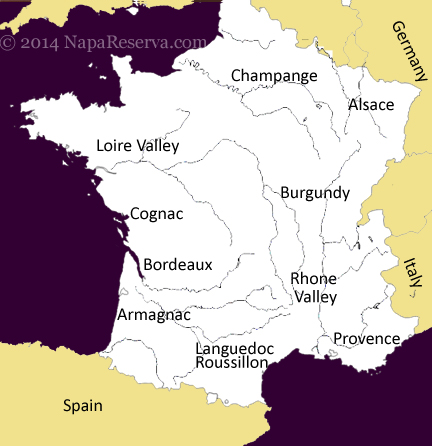 Wine-making in France dated back for centuries, for every region in the country there is a major grape or wine style that is only unique to that region – a classic example of terroir. Ranked #1 in wine production and consumption, France is the first country to create and enforce wine laws, known as the Appellation d’origine contrôlée (AOC), it is the governing body for wine regulations. No other country had more impact on wine-making than France. Its neighboring countries, Spain and Italy, modeled their wine regulatory system after the French AOC. Any wine producing country in the world, especially in the New World, their viticulture and winemaking practices can be traced back to the seven major wine regions of France.
Wine-making in France dated back for centuries, for every region in the country there is a major grape or wine style that is only unique to that region – a classic example of terroir. Ranked #1 in wine production and consumption, France is the first country to create and enforce wine laws, known as the Appellation d’origine contrôlée (AOC), it is the governing body for wine regulations. No other country had more impact on wine-making than France. Its neighboring countries, Spain and Italy, modeled their wine regulatory system after the French AOC. Any wine producing country in the world, especially in the New World, their viticulture and winemaking practices can be traced back to the seven major wine regions of France.
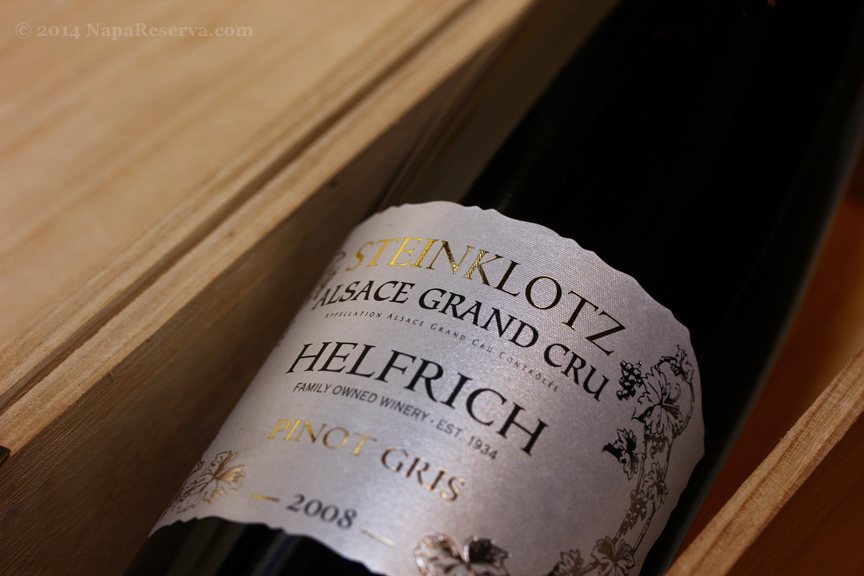 Alsace
Alsace
More than any province in France, Alsace stands out for its German influences that is visible not only in the local culture and the architecture but in the winemaking itself. Bordered by Germany and the Vosges mountains, Alsace’s vineyards are rooted on slopes and the lower hillsides of the mountains. With low rainfalls and protection from the westerly winds, the terroir of the region offers perfect conditions for the most exclusive wines on earth. As a tribute to its German heritage, Alsace produces the biggest quantities of Riesling, Pinot Gris and Gewurztraminer in France. White varietals dominate this beautiful region, as they make up 90% of the production. Considerably outnumbered, Alsace also produces a fair quantity of light-bodied and rustic Pinot Noir.
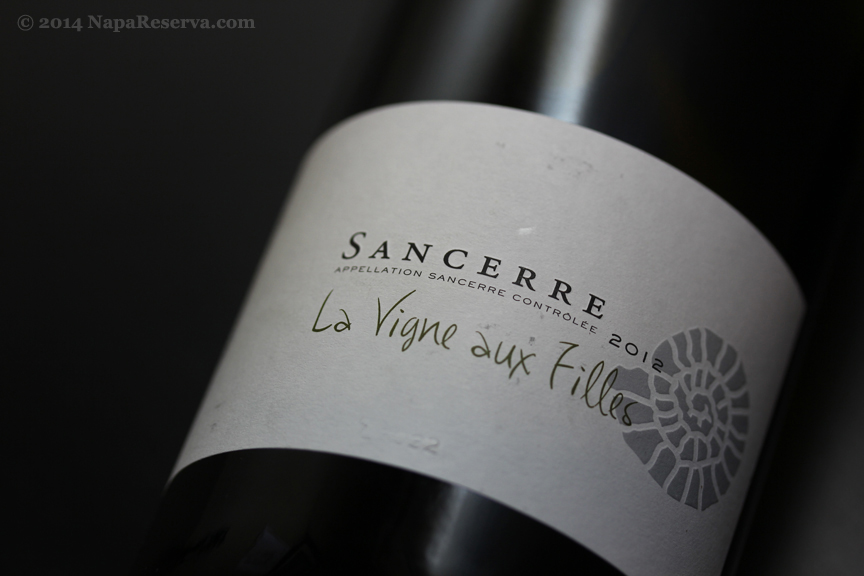 Loire Valley
Loire Valley
Although it lacks in popularity compared to Champagne or Burgundy, Loire played a very important part in the development of French wines. Stretching along the river Loire, the terrain is fairly flat, however the wines produced here make up for personalities. From a light and delicate Muscadet, to herbaceous Sancerre or a honeyed Quarts de Chaume, the region of Loire Valley offers an excellent choice for any taste. The area’s sparkling wines are an important element of the region’s wine trade, being a cheaper but a high-quality substitute to Champagne. More balanced than in most regions, red wine production is just slightly overtaken by the whites, the most famous ones being Cabernet Franc and Gamay.
 Champagne
Champagne
The most northernly wine region in France, Champagne is the world’s most famous sparkling wine. Blessed with a cool climate, the ripening season is short and Champagne’s grapes are bearing the hallmark of brilliant acidity. With Pinot Noir, Pinot Meunier and Chardonnay as the main grape varieties, not a lot of other grapes are acceptable for use in Champagne, Petit Meslier, Pinot Blanc, Pinot Gris, and Arbane being used in insignificant quantities. Excellent as it is, Champagne is made to be enjoyed by itself, as a festive wine, but its versatility makes it easy to pair with local dishes such as Agneau à la champenoise (stuffed lamb with tomatoes), Foie gras or Caviar.
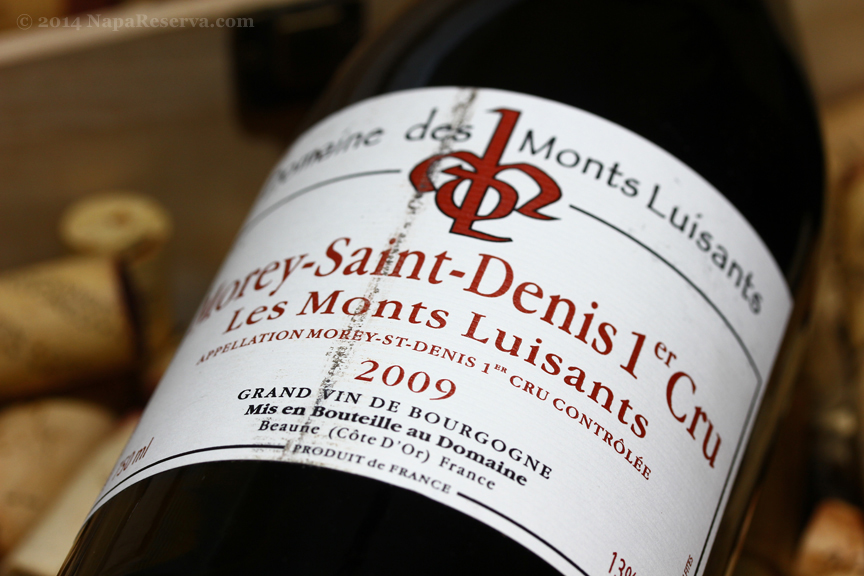 Burgundy
Burgundy
The central-eastern of France is home to Burgundy, an area four times smaller than Bordeaux, but considered just as important due to its high quality, exclusive wines. The legendary province of Burgundy begins 100 km south from Paris, and stretches 360km to Lyon, between the towns of Dijon and Macon. With wines flowing out of three equally important sub-regions: Cote d’Or, Cote Chalonnaise and Maconnais. In Burgundy, Chardonnay and Pinot Noir rule the land. Nowhere else on earth where Pinot Noir is more loved or even obsessed over; often seductive, mysterious intriguing, Burgundy Pinot Noir sets standard for the rest to follow. Gamay and Aligote are the lesser known grapes, they are planted in a large quantity in South of Burgundy in a rather humble region of Beaujolais.
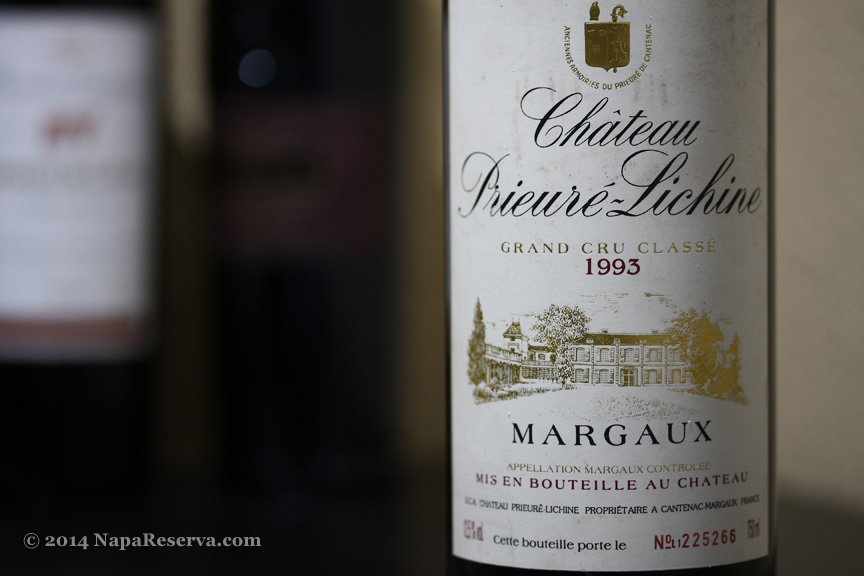 Bordeaux
Bordeaux
Far in the south-west of France lies one of the most important wine regions in the world, Bordeaux. The province is named after the port-city Bordeaux, and it is home to over 10,000 producers. The region’s renowned for dry medium to full-bodied reds, the most famous ones being from the famed Chateaus of the Haut-Medoc, Pessac-Leognan, Saint-Emilion and Pomerol. Bordeau is home to the most expensive wines in the world, some reaching over tens of thousands of dollars -if you can get your hand on one. The #1 grape of Bordeaux is undoubtedly Cabernet Sauvignon; this varietal is widely planted all over the world, which could be made into wine by itself or by blending. Red wine of Bordeaux is almost always a blend of 5 varietals: Cabernet Sauvignon, Merlot, Cabernet Franc, Petite Verdo and Malbec.
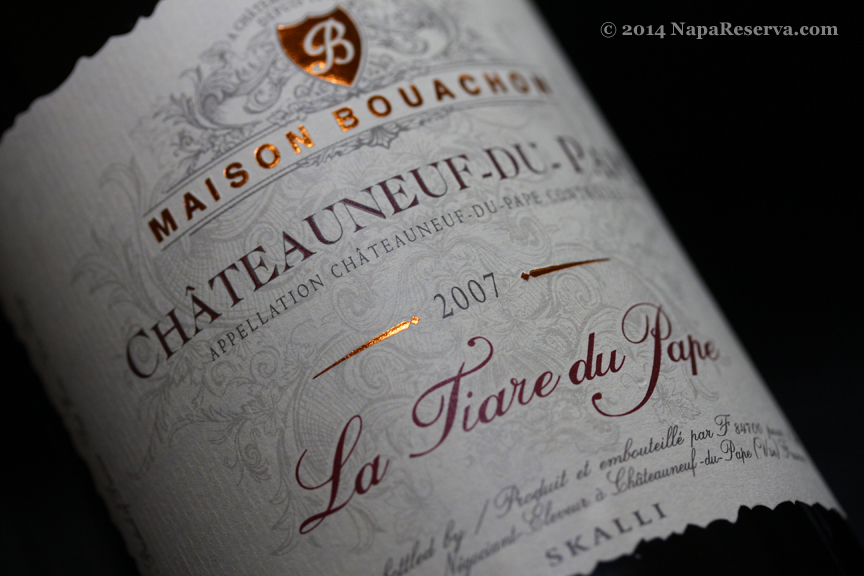 Rhone Valley
Rhone Valley
Often overlooked and shadowed by Bordeaux and Burgundy, believe it or not, Rhone Valley wines had a lot to do with the success of Bordeaux wine, not too long ago, Rhone wines were secretly blended with Bordeaux to enhance taste and texture -although it was never mentioned. Rhone Valley is divided into 2 major regions: North and South. Northern Rhone is quite different than its southern neighbor, wines here are made with 100% Syrah. Down south, wines are often blended with dominantly Grenache and Syrah ; however, more than a dozen of varietals can be used in the blend.

